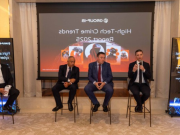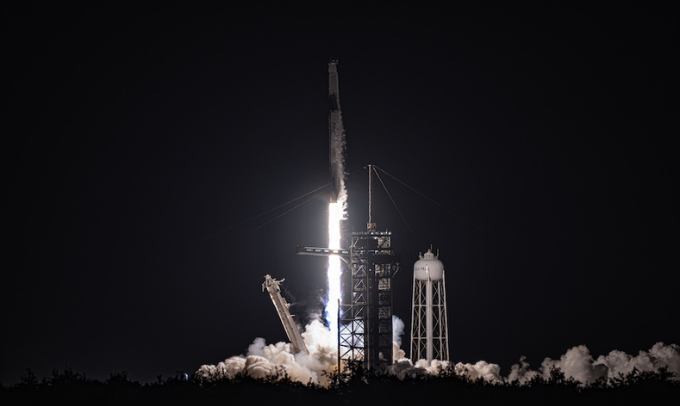US , Mar 31, 2025
The Fram2 mission has made history as the first crewed spaceflight to enter a polar retrograde orbit. This groundbreaking achievement marks a significant milestone in space exploration and sets the stage for future missions that could revolutionize our understanding of Earth and beyond.
The Historic Mission
Launched by the international space agency, Fram2’s primary objective was to explore the capabilities of retrograde orbits, which are orbits that move in the opposite direction of the planet’s rotation. This mission took humanity to a new frontier by reaching an unprecedented polar orbit, which had never before been achieved with a crewed spacecraft.
Fram2’s crew, consisting of astronauts from multiple countries, embarked on a journey that took them to new heights in space technology. The retrograde orbit allows for unique data collection opportunities, particularly in the study of Earth’s atmosphere and climate. The spacecraft’s cutting-edge instruments have been gathering vital information that will enhance our understanding of weather patterns, space weather, and even climate change.
Scientific and Technological Breakthroughs
The Fram2 mission is a scientific and technological triumph. The polar retrograde orbit, which circles the Earth in a way that provides a complete view of the planet’s surface, will enable researchers to gather data from a variety of unique perspectives. This orbital path has been challenging to achieve due to the need for specialized propulsion systems, which the Fram2 mission successfully deployed.
The spacecraft has also demonstrated advancements in energy efficiency and sustainability, using solar-powered technology to fuel its instruments and ensure the longevity of the mission. These innovations could pave the way for more sustainable space travel in the future, reducing the environmental impact of space missions.
Implications for Future Space Exploration
Fram2’s success is expected to inspire further advancements in space exploration. Its historic orbit will serve as a model for future missions, particularly those focused on Earth observation, space weather, and deep space exploration. Experts believe that this mission opens up new possibilities for studying distant planets and moons, as the retrograde orbit can be adapted for future interplanetary missions.
As we venture deeper into space, the lessons learned from Fram2 will likely play a pivotal role in developing the next generation of space exploration technologies. The mission’s achievements reflect the growing international collaboration in space science, demonstrating how countries can unite for the common goal of expanding human knowledge.
Conclusion
Fram2’s entry into a polar retrograde orbit represents a major milestone for humanity’s quest to explore and understand space. With its groundbreaking scientific contributions, this mission will shape the future of space exploration and expand our horizons far beyond the Earth.










